« Return to all search results
Title Search Results
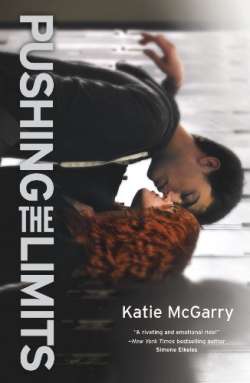
Book 1 in Katie McGarry’s award-winning, powerful and romantic Pushing the Limits series, perfect for fans of Jennifer L. Armentrout, Stephanie Perkins and Simone Elkeles! “A riveting and emotional ride!” —New York Times bestselling author Simone Elkeles “An edgy romance that pulls you in and never lets go. I was hooked!” —Gena Showalter, New York Times bestselling author of Firstlife So wrong for each other…and yet so right. No one knows what happened the night Echo Emerson went from popular girl with jock boyfriend to gossiped-about outsider with “freaky” scars on her arms. Even Echo can’t remember the whole truth. But when Noah Hutchins, the smoking-hot, girl-using loner in the black leather jacket, explodes into her life with his surprising understanding, Echo’s world shifts in ways she could never have imagined. They should have nothing in common. Yet the crazy attraction between them refuses to go away. And Echo has to ask herself just how far they can PUSH THE LIMITS and what she’ll risk for the one guy who might teach her HOW TO LOVE AGAIN. Originally published in July 2012.
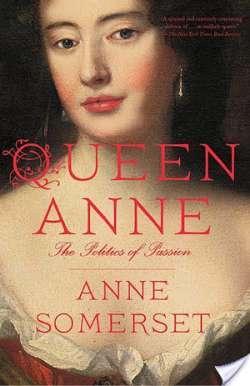
She ascended the thrones of England, Scotland and Ireland in 1702, at age thirty-seven, Britain’s last Stuart monarch, and five years later united two of her realms, England and Scotland, as a sovereign state, creating the Kingdom of Great Britain. She had a history of personal misfortune, overcoming ill health (she suffered from crippling arthritis; by the time she became Queen she was a virtual invalid) and living through seventeen miscarriages, stillbirths, and premature births in seventeen years. By the end of her comparatively short twelve-year reign, Britain had emerged as a great power; the succession of outstanding victories won by her general, John Churchill, the Duke of Marlborough, had humbled France and laid the foundations for Britain’s future naval and colonial supremacy. While the Queen’s military was performing dazzling exploits on the continent, her own attention—indeed her realm—rested on a more intimate conflict: the female friendship on which her happiness had for decades depended and which became for her a source of utter torment. At the core of Anne Somerset’s riveting new biography, published to great acclaim in England (“Definitive”—London Evening Standard; “Wonderfully pacy and absorbing”—Daily Mail), is a portrait of this deeply emotional, complex bond between two very different women: Queen Anne—reserved, stolid, shrewd; and Sarah Churchill, Duchess of Marlborough, wife of the Queen’s great general—beautiful, willful, outspoken, whose acerbic wit was equally matched by her fearsome temper. Against a fraught background—the revolution that deposed Anne’s father, James II, and brought her to power . . . religious differences (she was born Protestant—her parents’ conversion to Catholicism had grave implications—and she grew up so suspicious of the Roman church that she considered its doctrines “wicked and dangerous”) . . . violently partisan politics (Whigs versus Tories) . . . a war with France that lasted for almost her entire reign . . . the constant threat of foreign invasion and civil war—the much-admired historian, author of Elizabeth I (“Exhilarating”—The Spectator; “Ample, stylish, eloquent”—The Washington Post Book World), tells the extraordinary story of how Sarah goaded and provoked the Queen beyond endurance, and, after the withdrawal of Anne’s favor, how her replacement, Sarah’s cousin, the feline Abigail Masham, became the ubiquitous royal confidante and, so Sarah whispered to growing scandal, the object of the Queen's sexual infatuation. To write this remarkably rich and passionate biography, Somerset, winner of the Elizabeth Longford Prize for Historical Biography, has made use of royal archives, parliamentary records, personal correspondence and previously unpublished material. Queen Anne is history on a large scale—a revelation of a centuries-overlooked monarch.
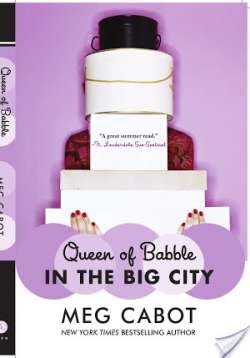
Lizzie Nichols is back, pounding the New York City pavement and looking for a job, a place to live, and her proper place in the universe (not necessarily in that order). "Summer Fling" Luke's use of the "L" (Living Together) word has her happily abandoning plans to share a one-room walk-up with best friend Shari in exchange for cohabitation with the love of her life in his mom's ritzy Fifth Avenue pied-à-terre. Lizzie's landed a non-paying gig in her chosen field—vintage wedding gown rehab—and a paying one as a receptionist at Shari's boyfriend's father's posh law firm. So life is good . . . for the moment. But almost immediately her notoriously big mouth is getting her into trouble. At work she's becoming too chummy with society bride-to-be Jill Higgins, inflaming the ire of Jill's troublesome future mother-in-law. At home she's made the grievous error of bringing up the "M" (Marriage) word to commitment-shy Luke. Once again joblessness and homelessness are looming large for hapless blabbermouth Liz—unless she can figure out some way to babble her way to a happily ever after.
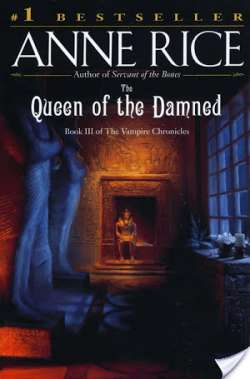
In a feat of virtuoso storytelling, Anne Rice unleashes Akasha, the queen of the damned, who has risen from a six-thousand-year sleep to let loose the powers of the night. Akasha has a marvelously devious plan to “save” mankind and destroy the vampire Lestat—in this extraordinarily sensual novel of the complex, erotic, electrifying world of the undead. Look for a special preview of Anne Rice’s Prince Lestat in the back of the book. The Vampire Chronicles continue in Prince Lestat and the Realms of Atlantis, available for pre-order now. Praise for The Queen of the Damned “Mesmerizing . . . a wonderful web of dark-side mythology.”—San Francisco Chronicle “With The Queen of the Damned, Anne Rice has created universes within universes, traveling back in time as far as ancient, pre-pyramidic Egypt and journeying from the frozen mountain peaks of Nepal to the crowded, sweating streets of southern Florida.”—Los Angeles Times “Imaginative . . . intelligently written . . . This is popular fiction of the highest order.”—USA Today “A tour de force.”—The Boston Globe From the Trade Paperback edition.
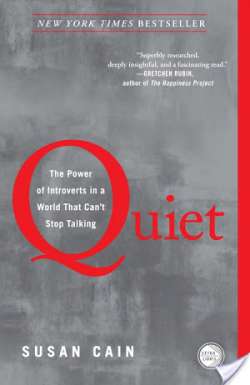
The book that started the Quiet Revolution At least one-third of the people we know are introverts. They are the ones who prefer listening to speaking; who innovate and create but dislike self-promotion; who favor working on their own over working in teams. It is to introverts—Rosa Parks, Chopin, Dr. Seuss, Steve Wozniak—that we owe many of the great contributions to society. In Quiet, Susan Cain argues that we dramatically undervalue introverts and shows how much we lose in doing so. She charts the rise of the Extrovert Ideal throughout the twentieth century and explores how deeply it has come to permeate our culture. She also introduces us to successful introverts—from a witty, high-octane public speaker who recharges in solitude after his talks, to a record-breaking salesman who quietly taps into the power of questions. Passionately argued, superbly researched, and filled with indelible stories of real people, Quiet has the power to permanently change how we see introverts and, equally important, how they see themselves. Now with Extra Libris material, including a reader’s guide and bonus content
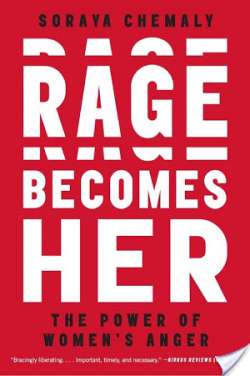
***A BEST BOOK OF 2018 SELECTION*** NPR * The Washington Post * Book Riot * Autostraddle * Psychology Today ***A BEST FEMINIST BOOK SELECTION*** Refinery 29, Book Riot, Autostraddle, BITCH Rage Becomes Her is an “utterly eye opening” (Bustle) book that gives voice to the causes, expressions, and possibilities of female rage. As women, we’ve been urged for so long to bottle up our anger, letting it corrode our bodies and minds in ways we don’t even realize. Yet there are so, so many legitimate reasons for us to feel angry, ranging from blatant, horrifying acts of misogyny to the subtle drip, drip drip of daily sexism that reinforces the absurdly damaging gender norms of our society. In Rage Becomes Her, Soraya Chemaly argues that our anger is not only justified, it is also an active part of the solution. We are so often encouraged to resist our rage or punished for justifiably expressing it, yet how many remarkable achievements would never have gotten off the ground without the kernel of anger that fueled them? Approached with conscious intention, anger is a vital instrument, a radar for injustice and a catalyst for change. On the flip side, the societal and cultural belittlement of our anger is a cunning way of limiting and controlling our power—one we can no longer abide. “A work of great spirit and verve” (Time), Rage Becomes Her is a validating, energizing read that will change the way you interact with the world around you.

The author writes: The two long pieces in this book originally came out in The New Yorker ? RAISE HIGH THE ROOF BEAM, CARPENTERS in 1955, SEYMOUR ? An Introduction in 1959. Whatever their differences in mood or effect, they are both very much concerned with Seymour Glass, who is the main character in my still-uncompleted series about the Glass family. It struck me that they had better be collected together, if not deliberately paired off, in something of a hurry, if I mean them to avoid unduly or undesirably close contact with new material in the series. There is only my word for it, granted, but I have several new Glass stories coming along ? waxing, dilating ? each in its own way, but I suspect the less said about them, in mixed company, the better. Oddly, the joys and satisfactions of working on the Glass family peculiarly increase and deepen for me with the years. I can't say why, though. Not, at least, outside the casino proper of my fiction.
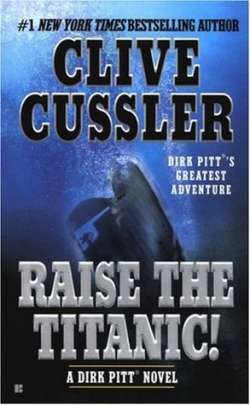
On orders from the Pentagon, marine explorer Dirk Pitt must salvage crucial material from the world's most infamous maritime disaster in this #1 New York Times-bestselling series. The President's secret task force has developed an unprecedented defensive weapon that relies on an extremely rare radioactive element--and Dirk Pitt has followed a twisted trail to a secret cache of the substance. Now, racing against brutal storms, Soviet spies, and a ticking clock, Pitt begins his most thrilling mission--to raise from its watery grave the shipwreck of the century...
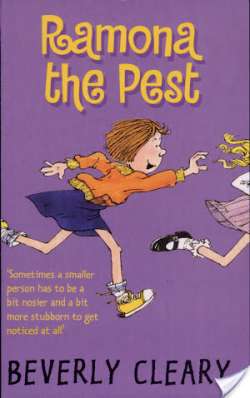
Ramona meets lots of interesting people in kindergarten class, like Davy whom she keeps trying to kiss and Susan whose springy curls seem to ask to be pulled.
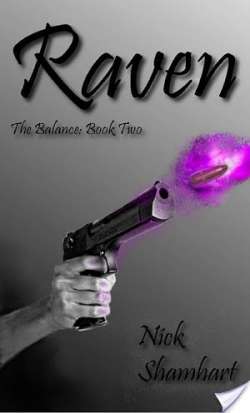
Too often life is viewed in terms of good and evil, black or white, and the balance point tipping in either direction is ignored. Why should the afterlife be any different? We are given a choice when we die to move on to the Source, stay on earth and slowly evolve into more of what we were (good people become angels and bad people become demons), or a chosen few can work to keep the Balance between them. The title character Raven is such a warrior who works to maintain that balance. Malign, the demon responsible for most of the world’s cataclysmic wars, has come to the United States with an army of vampires or, more specifically, demons she has convinced to act as those fabled creatures of the night to sow discord and social unrest. Raven and the other Balance soldiers must track Malign down and in their spare time try to convince the ancient angel Metatron that he is doing more harm than good with his participation in mortal affairs. Tagging along for the ride are a motorcycle gang of millionaire philanthropists, Raven’s fellow Balance warrior Zeus’ younger angelic brother, and the demon Lucifer with his babysitter Gabriel.
